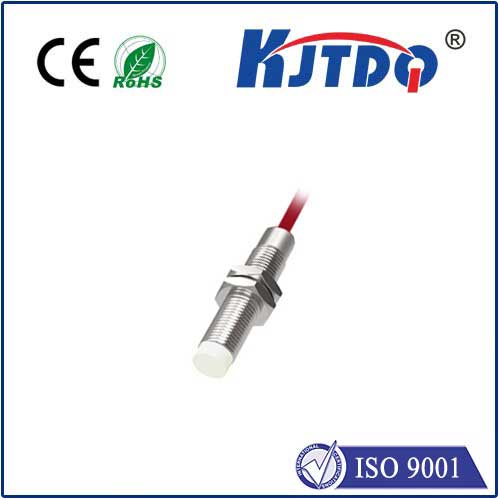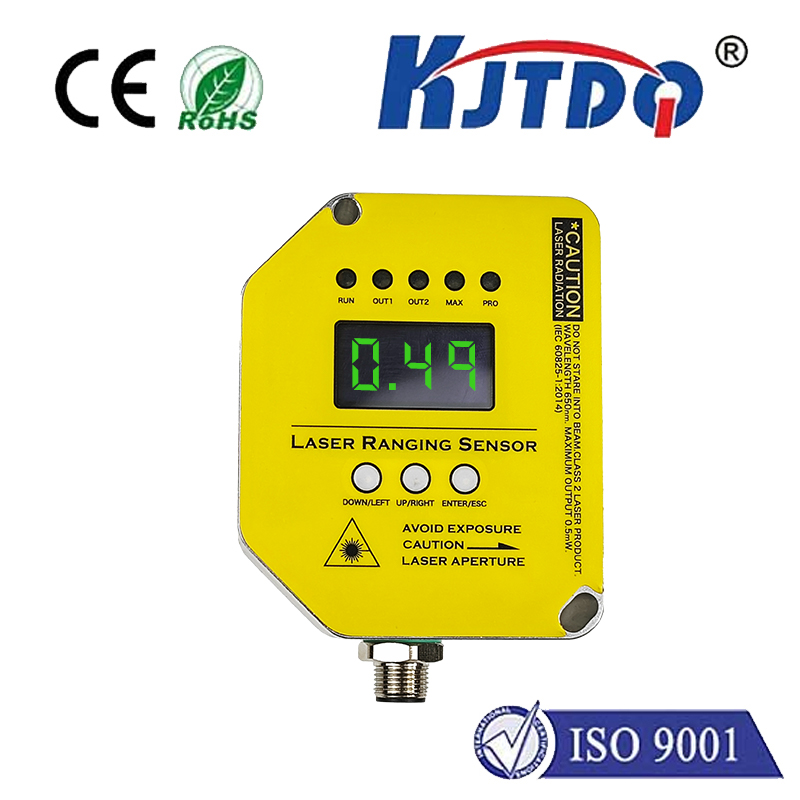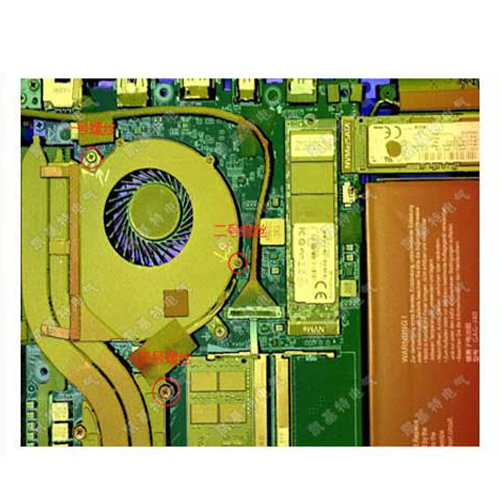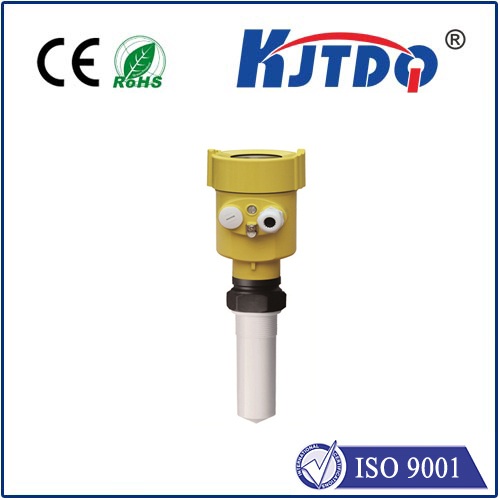

check

check

check

check

check

check

check

check

check

check
Title: The Revolutionary Technology of Confocal Probe
Introduction:
The confocal probe is a revolutionary technology that has transformed the field of microscopy. It is a specialized tool used to image and analyze biological specimens with high resolution and precision. In this article, we will delve into the world of confocal probes, exploring their working principle, applications, advantages, and future prospects.
Working Principle:

A confocal probe works by using a laser beam to excite fluorescent molecules within a sample. The emitted light is then detected by a photodetector, which converts it into an electrical signal. This signal is processed by a computer to generate a digital image of the sample. The key feature of a confocal probe is its ability to focus on a single point within the sample, allowing for clear and sharp images even at high magnification levels.
Applications:
Confocal probes have numerous applications in biology and medicine. They are commonly used to study cells, tissues, and organs, providing valuable insights into their structure and function. For example, confocal probes can be used to visualize the distribution of proteins within cells, track the movement of molecules through tissues, or identify abnormalities in organs. Additionally, confocal probes are essential tools in drug development, enabling researchers to monitor the uptake and distribution of drugs within living organisms.
Advantages:
One of the main advantages of confocal probes is their ability to provide high-resolution images without damaging the sample. This is achieved through the use of non-invasive techniques such as fluorescence imaging and optical sectioning. Furthermore, confocal probes allow for three-dimensional imaging, enabling researchers to obtain detailed information about the depth and complexity of biological structures. Finally, confocal probes offer excellent sensitivity and specificity, making them ideal for detecting subtle changes in cellular processes.
Future Prospects:
The potential applications of confocal probes are vast and exciting. As technology continues to advance, we can expect further improvements in resolution, speed, and automation. This will enable researchers to study more complex biological systems and develop new diagnostic tools and therapies. Additionally, the integration of confocal probes with other imaging techniques, such as magnetic resonance imaging (MRI) and positron emission tomography (PET), will provide even more comprehensive information about the human body.
Conclusion:
In conclusion, the confocal probe is a groundbreaking technology that has had a profound impact on the field of microscopy. Its ability to provide high-resolution images without damaging the sample has revolutionized our understanding of biological processes. With ongoing advancements in technology, we can expect confocal probes to play an increasingly important role in research and medicine in the years to come.









